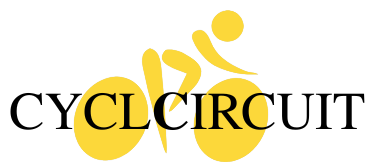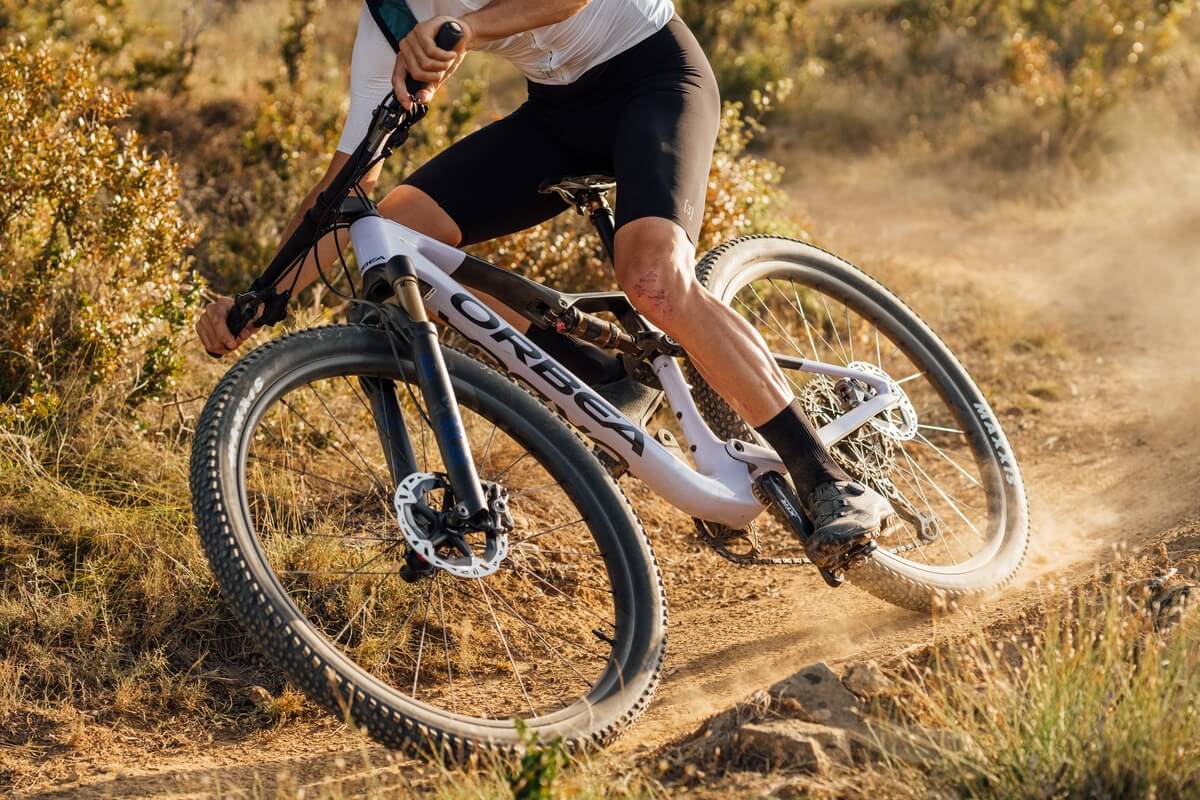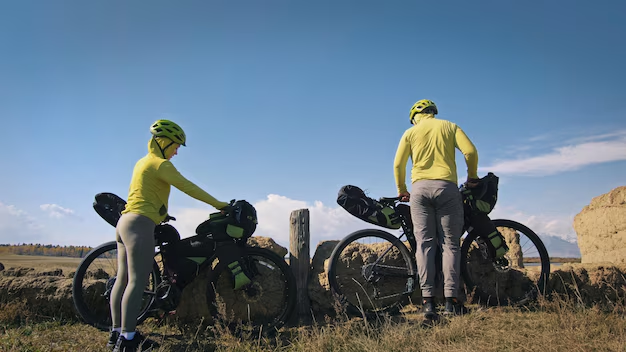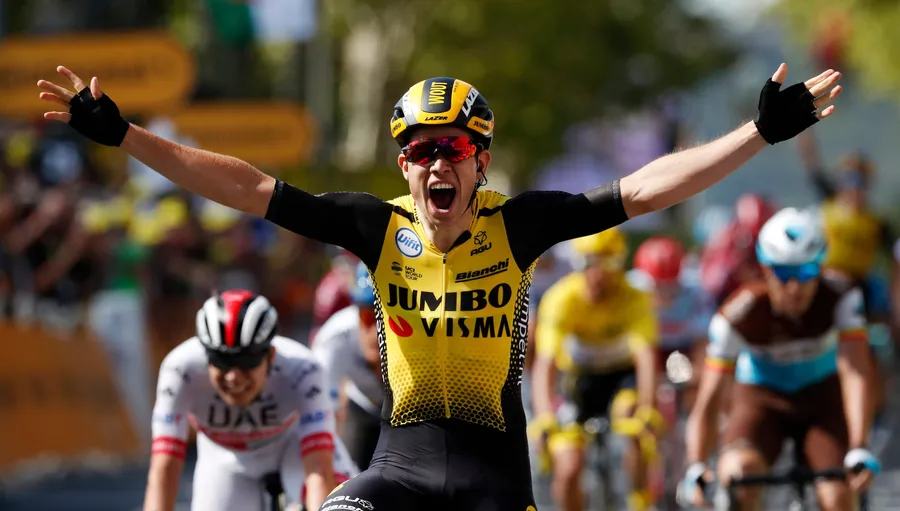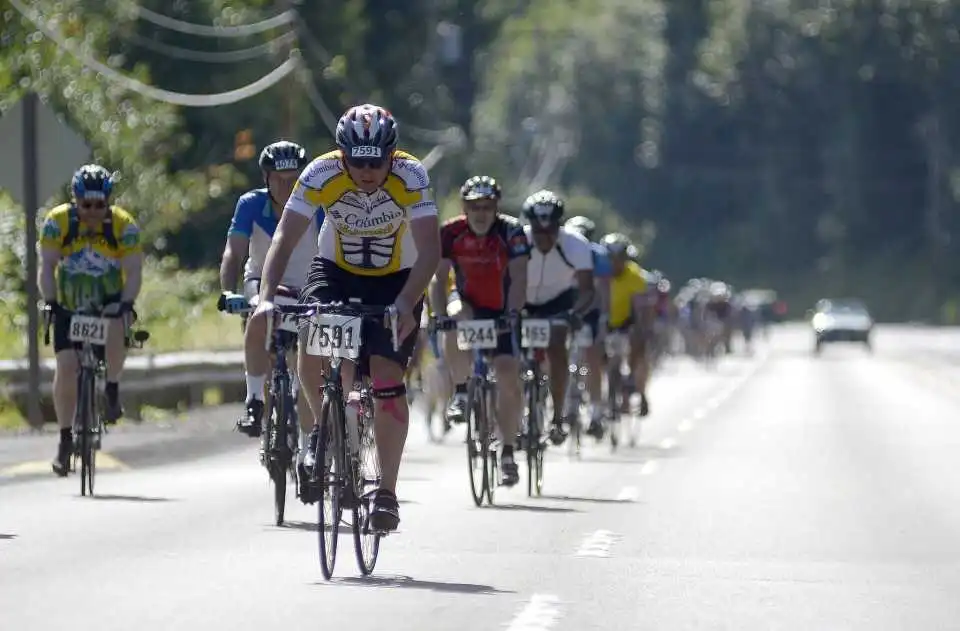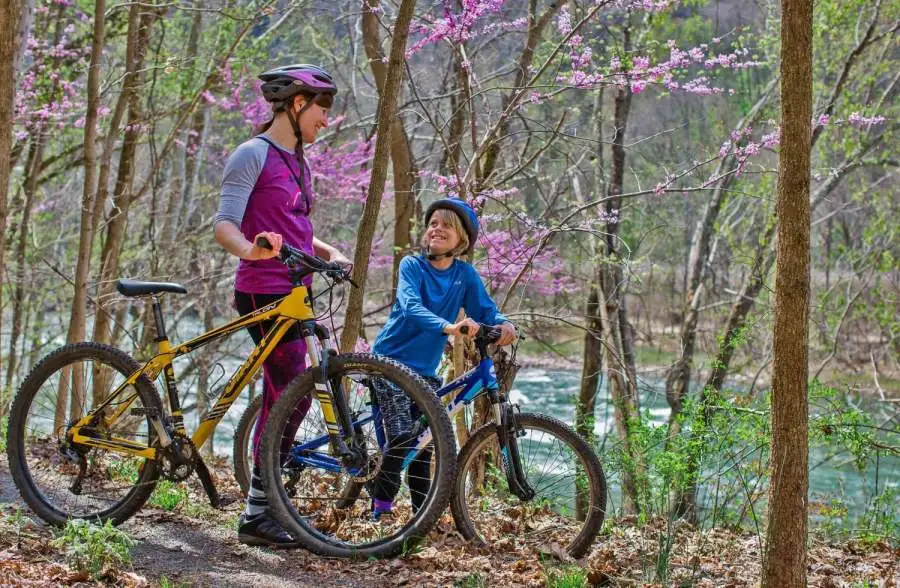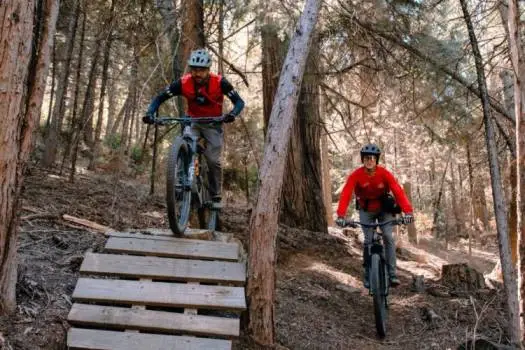We are all adjusting to new realities in life and sport. With much of the world in lockdown and training curtailed, how does this affect our fitness? How much will we lose, and what is the minimal dose that we need to retain our fitness?

First off, I hope that everyone is keeping safe and healthy.
With no timeframe to the resumption of sports, elite athletes are facing an uncertain time. With Olympic athletes planning their training over many years to peak for a particular event on a particular date and time, the rug has been truly yanked out from underneath them.
Add to this the inability to train as normal, and you can imagine the level of stress faced by elite athletes. In an electronic survey, 95% of US Olympic athletes report that their training has been either severely affected or eliminated.
There is also a large degree of uncertainty in terms of how training during a pandemic may affect their health, with an almost exactly even split in responses of “yes” “no” and “unsure” to the question “do you feel that continuing to train and prepare will put your health at risk?”
With the removal of events and an uncertain resumption of activity, what should we as athletes be considering? If we cannot train as normal, how much fitness – both endurance and strength – will we lose? How much should we lose? If we don’t have access to a gym for our strength training, what are other ways to maintain our strength gains? Is this a good time for cross training, and how much sport specificity should we retain? What do we know about exercise and immune function?
Canadian Sport Institute – Pacific
These are just a few of the topics covered in a new webinar produced by the Canadian Sport Institute – Pacific out in Victoria, on the far west side of Canada. The speakers were my friend Dr. Trent Stellingwerff, performance lead at CSI-P, and Dr. Stu Phillips, next door to me at McMaster University in Hamilton.
Trent is a true force of nature in sport science, leading applied sport science for Athletics Canada and helping to lead the emerging field of Relative Energy Deficiency – Sports (RED-S) in athletes. Stuart is a Canada Research Chair and one of the top leaders in strength training research, along with being the inaugural recipient of our Canadian Society for Exercise Physiology’s mentorship award.
I won’t repeat their excellent presentation in detail, as it’s fully worth the hour of your time to watch. However, here are my main summary and personal takeaways.
1. There are numerous examples of elite athletes taking large chunks of time completely off due to pregnancy, injury, or planned detraining, yet who have come back just as strong or stronger. For example, Eliud Kipchoge and many Kenyan marathoners regularly take 20-30 days completely off after each marathon.
Takeaway: Don’t sweat the decreased or disappeared training.
2. With limited work on truly elite athletes, the best evidence is that speed and anaerobic capacity decreases most rapidly, while endurance has a longer decay timecourse.
Takeaway: Reset your periodization to “Base” phase. Endurance, especially for a sport where it is as critical as cycling, takes the longest time to build, and it’s important to maintain it as best as possible. Prioritize those workouts rather than anaerobic or speed and strength workouts on the bike, as we’re not racing now and that will also come back relatively quickly.
3. Off-bike, strength and muscle mass can be maintained without heavy weights by longer efforts to near failure.
Takeaway: Substitute strength work in the gym with body weight or improvised weight work at home. Personally, I am doing 3 days/week weights workout focused on my core, power development from the lower body, and also upper body strength for climbing. This is all done with a few lighter kettlebells, bands, and body weight.
Takeaway: Substitute strength work in the gym with body weight or improvised weight work at home. Personally, I am doing 3 days/week weights workout focused on my core, power development from the lower body, and also upper body strength for climbing. This is all done with a few lighter kettlebells, bands, a climbing hangboard, and body weight. A personal favourite for body weight cycling-specific core workouts is Tom Danielson’s Core Advantage.
4. The limited work on concurrent strength and endurance training suggests that resistance training doesn’t affect our ability to train endurance. However, extensive endurance training may blunt our response to resistance training.
Takeaway: Trade off some of your endurance focus to improve your overall body strength and movement capability. Indoor cycling options are infinitely more interesting than just 5 years ago and you may be tempted to hammer out 12-15 hours indoors. But if you haven’t been focused on core or weight training before, this is the perfect opportunity to do so. It will enable you to ride longer and stronger when it’s safe to do so again. Check out all the excellent Toolbox articles from Menachem Brodie.
5. Moderate exercise seems to improve immune function, while no exercise or extreme exercise tends to suppress immune function.
Takeaway: In this time of heightened worry about immune function, exercise is a scientifically-proven way to optimize your ability to fight off disease. However, the findings that extreme exercise tends to suppress immune function means that now is not the time to go for crazy hard workouts or huge ramping of training volume. The priority is really to maintain what you have, or very progressively and gradually build up base fitness.
6. The Norwegian Olympic Team for Torino 2006 had about a 17% illness rate. They instigated a “top secret” plan and reduced that rate to ~5% for Vancouver 2010.
Takeaway: What was the secret plan? It’s exactly what health authorities are emphasizing: thorough handwashing, avoid touching face and mouth, isolating from ill people, and quality nutrition/hydration/sleep habits. Hopefully we can learn and keep these habits long-term, as avoiding training disruption from illness is as much a part of the fitness puzzle as a smart training plan.

Summary
I really encourage you to watch the CSI-Pacific webinar. It is an hour of quality advice from two top experts in sport science, and has relevance both during the current pandemic and in the future.
In the meantime, keep safe and healthy and be kind to others.
